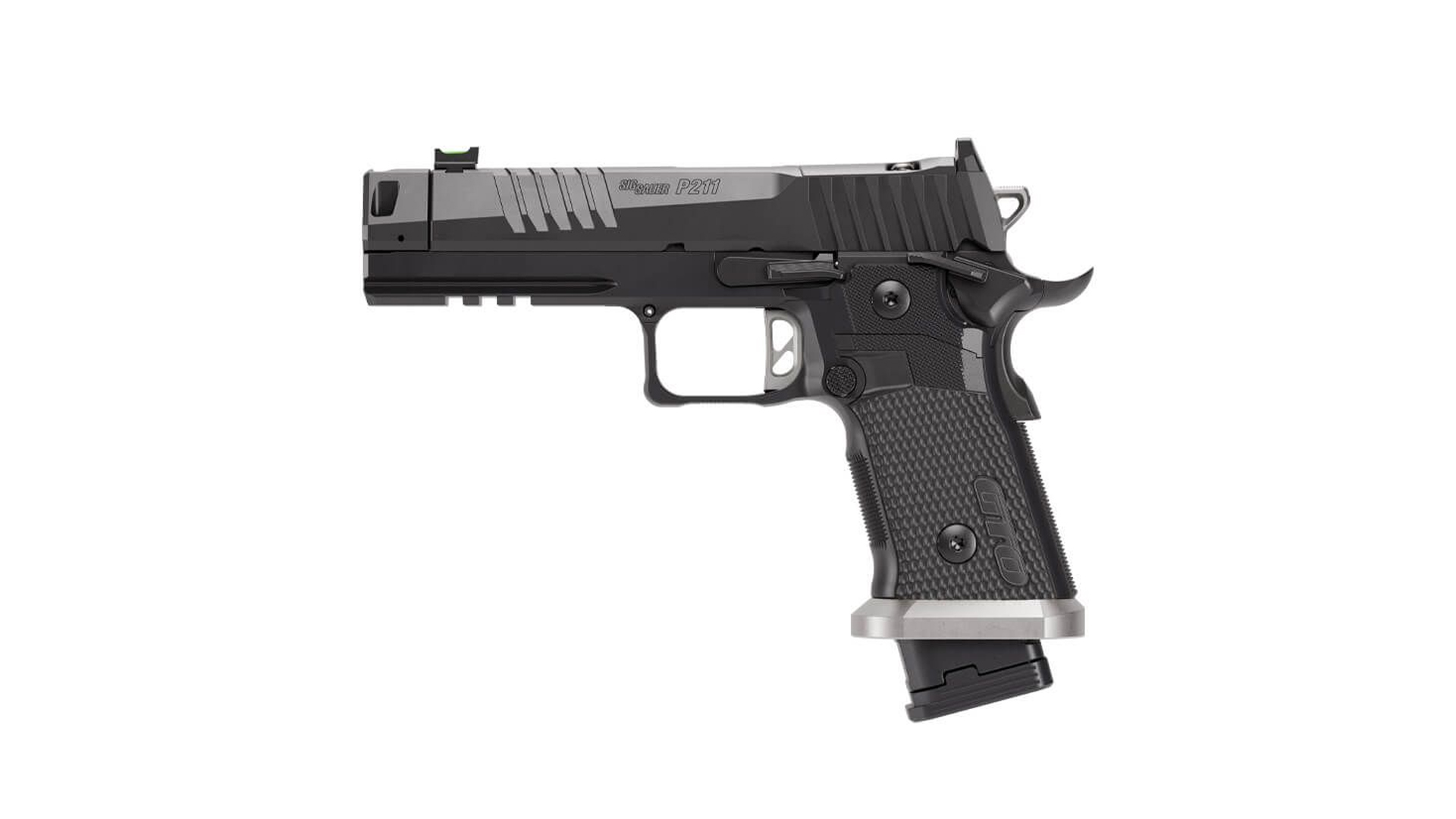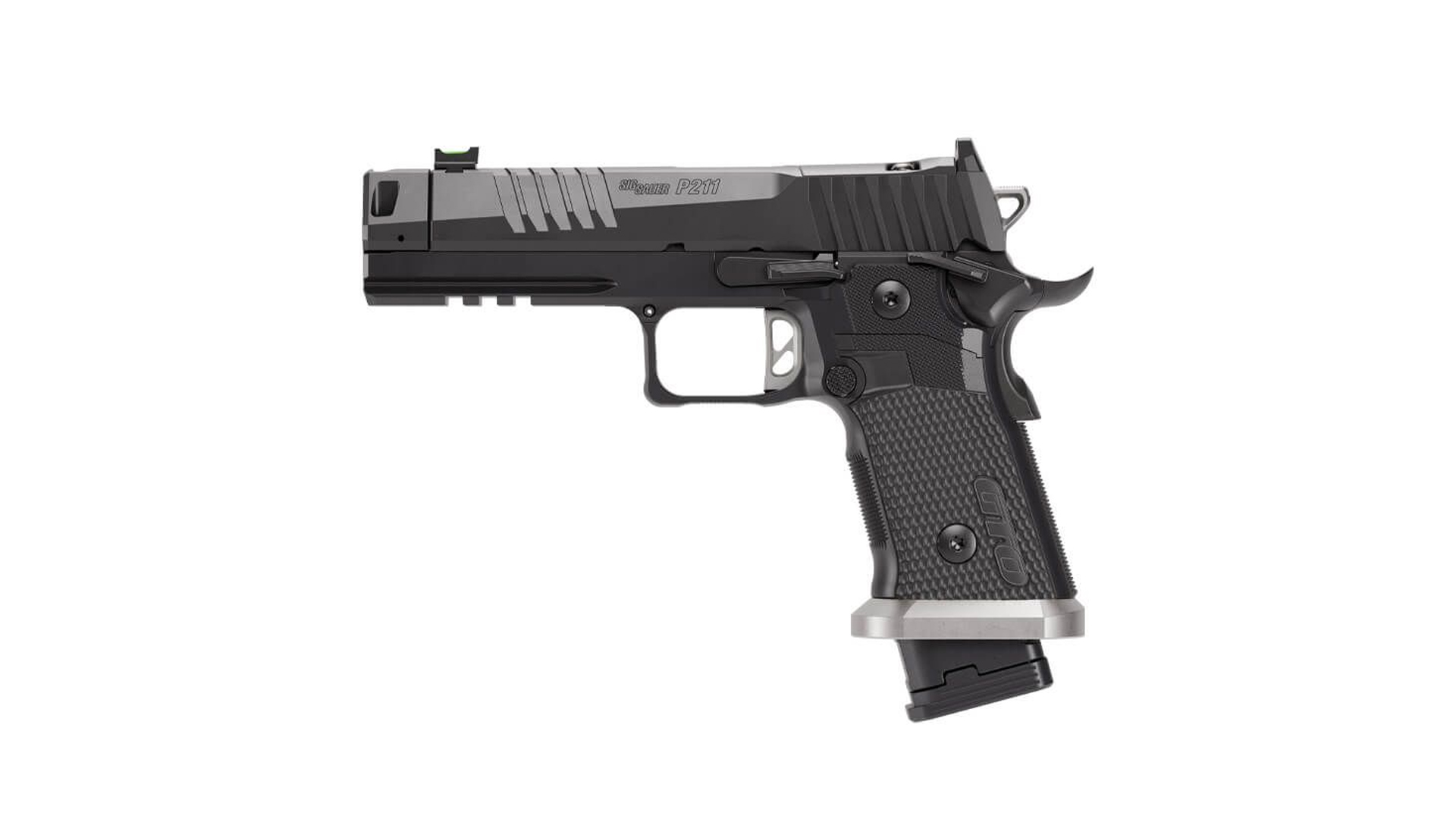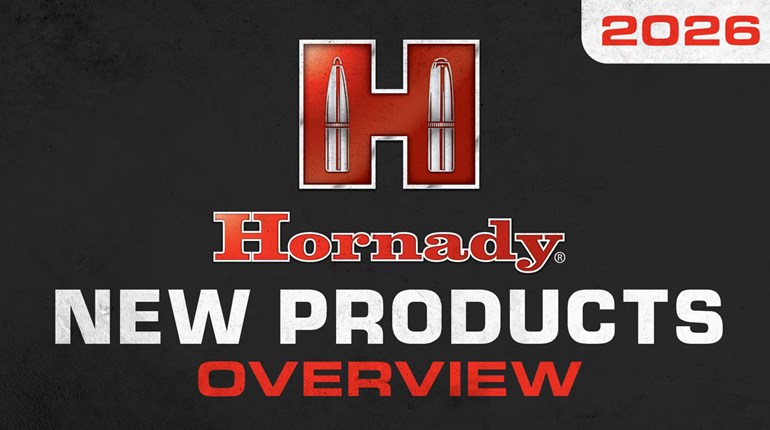
From the August 2011 issue of Shooting Sports USA, an article by Aaron Carter on the history of the now-ubiquitous 6.5 Creedmoor rifle cartridge. Introduced by Hornady in 2007, the 6.5 Creedmoor quickly became the darling of precision rifle shooters around the country.
Home on the Range—the 6.5 Creedmoor
One of the products sold at Creedmoor Sports is the Tubb 2000 (T2K) rifle. It was created by renowned competitive shooter David Tubb who used it to win multiple NRA High Power National Championships. Although it was chambered for several cartridges, one that sparked much interest was Tubb’s own design, the 6mm XC, a cartridge used by Tubb and others to capture several Camp Perry titles. The only problem with the cartridge was that it required handloading and load data was scarce.
“People were passing around load data by word of mouth … and things like blown primers and stiff bolt-lifts were common,” explained former Marine Corps competitive shooter and current Creedmoor Sports general manager Dennis DeMille. Since DeMille’s company sold the rifles, customers actively sought him out at the range to explain the problems they encountered.

Approached by DeMille, David Emary, chief ballistician for Hornady Mfg. Co. and close friend to DeMille, had a simple solution to the 6mm XC dilemma: Hornady would commercially manufacture the load—or a similar one. But first, Emary wanted to get it right the first time, so he suggested that DeMille make a wish list for the perfect cartridge. DeMille’s list included: magazine length and low recoil (for rapid fire); bullets with high ballistic coefficients; nothing proprietary; flat-shooting and inherently accurate; not a barrel burner; recipe printed on the box (for handloaders); two bullet weights for both across-the-course and long range; comparable in price to the .308 Win. and readily available components. “In short, the idea was to produce one cartridge for anything out to 1000 yards,” added DeMille.
The 6.5 Creedmoor is named for Creedmoor Sports, a name that can be traced back to early NRA matches on the site of the “Creed” farm in upstate New York in 1874. The surrounding farmland reminded visiting British and Irish shooters of their “moorlands” back home—hence the term “Creedmoor.”
“The original intent of the cartridge was an across-the-course match cartridge,” said Emary. “We envisioned it as an off-the-shelf round that produced the accuracy and ballistics to compete in all match shooting disciplines right out of the box. At the same time, we realized that the same characteristics would make an exceptional hunting cartridge with the right bullets.” But it was through the development of Hornady’s Superformance propellant—used in LeverEvolution loads, the Ruger Compact Magnums, and .308 and .338 Marlin Express cartridges—that enhanced the external and terminal ballistics to near-magnum cartridge performance, without excessive recoil and rifle weight.
During the design phase, Emary collaborated with Hornady Mfg. Co. assistant director of engineering Joe Thielen. “The general design of the case provides sufficient cartridge head height to allow for very long ogive, high-ballistic-coefficient 6.5mm bullets in a short-action rifle,” said Emary. “We knew from past experience that a large case wasn’t needed to get performance with this smaller caliber, and the propellant charge weight had to be kept down to reduce recoil for competitive timed-fire events. We needed a very efficient cartridge in order to meet our goals.”

The .30 TC served as the parent case, and the shoulder angle was limited to 30 degrees to ease manufacture. Besides, little could be gained from a steeper shoulder angle.
But isn’t this ballistically similar to the .260 Rem.? “Why reinvent the wheel,” I asked Emary.
“As we saw it, the .260 Remington had too much case capacity to be efficient for the application we had in mind,” he explained. “To get acceptable performance with the .260 Rem., the propellant charge weights get pretty high, as does the recoil. It also had a major drawback: It did not accommodate the very long match bullets because of the cartridge’s case length and short-length throat.” That said, the .260 Rem. is well-respected on the competition circuit. With similar performance, the 6.5 Creedmoor is in good company. [Note: 2010 National High Power Champion Sherri Gallagher won using a modified .260 Rem. cartridge.]
Originally the 6.5 Creedmoor was loaded only with Hornady’s A-Max target bullets. To adapt the cartridge to hunting, the company recently began loading 120-grain GMX and 129-grain Super Shock Tip (SST) bullets. Said Emary: “The Superformance loads provide virtually the same performance as the 6.5mm and .284 Norma, but does so with less propellant, less recoil, longer barrel life and better accuracy.”
This was confirmed by noted competitive shooter Kent Reeve. [Note: Reeve was one of two people to shoot a perfect score during the 700 meter portion of 2007 World Long Range Championships. More recently, he won the 2010 Canadian Fullbore Championships as well as the Governor Generals Match.] “I have used seven different 6mm cartridges in long range, mid range and over-the-course shooting,” said Reeve. “Of all of them, the 6.5 Creedmoor is the most even-tempered. It is very easy to shoot accurately. For me, the 6.5 Creedmoor has been the real deal ‘easy button.’”

Although the 6.5 Creedmoor leads the pack of 6.5mm cartridges, how does it stack up to say, the .270 Winchester? After all, the .270 Win. is field-proven, but it’s not perfect. In his book Handbook for Shooters and Reloaders: Volume One, noted wildcatter P.O. Ackley reported, “Actually, the standard .270 Win. is probably slightly over bore capacity for best efficiency since smaller cases produce almost equal velocity with less powder.” That is where the 6.5 Creedmoor’s efficient design begins to shine. Nominal factory muzzle velocity for a Hornady Custom .270 Win. load with a 130-grain InterLock SP is 3060 fps, and the Superformance 130-grain GMX reaches 3190 fps. With a 200-yard zero shot at 400 yards, the bullet drops 19.30 and 16.80 inches, respectively; the remaining velocities are 2188 fps and 2385 fps. In comparison, factory numbers show the Hornady Superformance 6.5 Creedmoor 120-grain GMX and 129-grain SST loads have muzzle velocities of 3010 fps and 2950 fps, and 400-yard drops of 18.90 and 19.60 inches. But because of their high ballistic coefficients, the 6.5mm bullets are still traveling at 2249 fps and 2222 fps, respectively. With regard to external ballistics, and especially when compared to conventional loads, the 6.5 Creedmoor gets better as range increases.
Add to this a lighter, short-actioned rifle, versus heavier long-action models required by the .270 Win., and less recoil (the product of less propellant and lighter bullets) and there’s a good case to be made for the 6.5 Creedmoor.
Another Gun for the Rack?
During a week of hunting, the Creedmoor performed consistently. If there was any question as to the appropriateness of the cartridge on African plains game, arguably some of the toughest species on Earth, it proved itself time and again. There was the impala at 401 yards; the SCI No. 18 steenbok at 80 yards; the black wildebeest at 300 yards; two fallow bucks at less than 100 yards; a vaal rhebok at approximately 280 yards; a springbuck at 226; and a host of varmints and non-trophy species out to 530. With the exception of the vaal rhebok, when a second shot was taken but unnecessary, all were one-shot kills. Most hunters in camp also used the cartridge, and when the bullet was properly placed, the cartridge performed beyond expectations.
There’s something to be said about a cartridge without excessive recoil that offers the qualities and capabilities of the 6.5 Creedmoor. It has certainly impressed me.
More articles about the 6.5 Creedmoor cartridge:


































